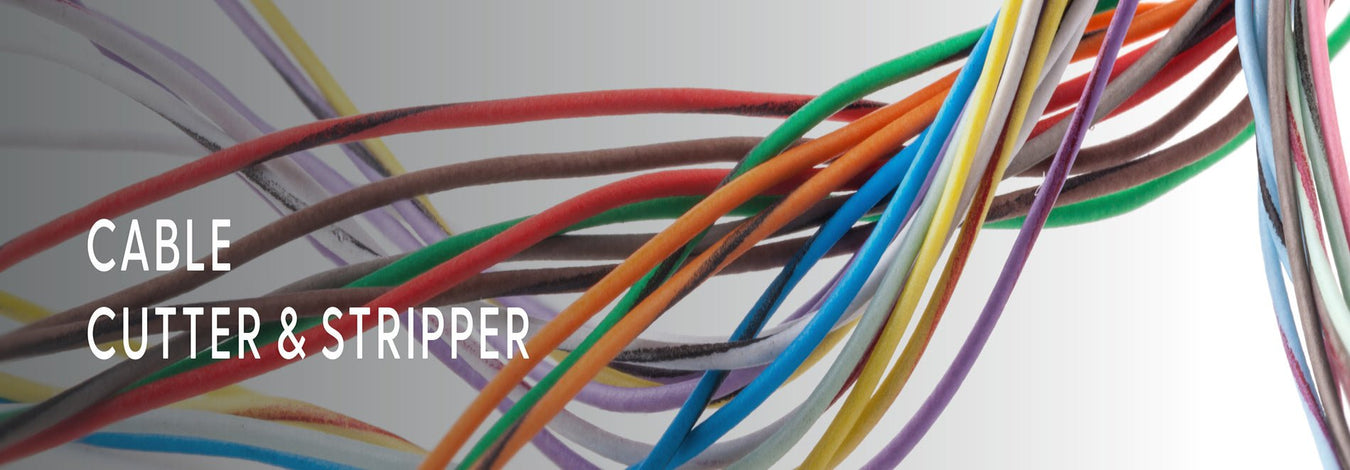
How Can I Crimp Battery Cable Lugs?
Table of Contents
Making good crimp connections is essential if you enjoy working on your car or other electrical systems. Wires/cables and batteries are components you’re often likely to encounter in such projects. Therefore, knowing how to crimp battery cable lugs properly is vital to make a secure connection that offers optimal performance.
Are you wondering how you can get started? This post is a guide outlining a step-by-step process on how to crimp standard and heavy-duty cable lugs.
How to Crimp Battery Cable Lugs: Step-by-step Guide
1- Get the needed tools and components
The first thing you should do is to ensure you’ve all the necessary tools and components. They include:
- A lug crimper
- Wire striper
- A pair of wire cutter
- Battery cable lugs
- Heat shrink tubing and a heat gun
NB: You may get the IWISS Battery Cable Terminal Crimper Kit for battery cable lugs. The kit is equipped with a cable lug crimp tool, a screwdriver, a wire cutter, and a wire stripping knife.
2- Observe safety
The next step entails disconnecting the battery to prevent potential electrical shocks. However, only applicable if the wire you intend to crimp is already connected to an electrical system.
3- Measure and cut the required cable
Start by identifying the kind of connections you intend to make. Use a red copper cable for positive connections; use the black one for negative connections.
Then measure the length of wire needed and cut. Ensure you use a cable cutter to get a clean cut on the edge of the cable where you’ll be crimping.
4- Strip the end of the battery cable
Before you strip the cable, first measure how far you should strip the insulation on the cable. Usually, the stripping should match the depth of the copper lug you’ll be using: it allows full connection. Suppose your cable lug’s depth is 1 inch; you should strip back an inch of insulation from the end of the cable.
Consider using tools like a wire striper or a stripping knife. More importantly, be keen to remove the insulation only and avoid damaging the strands.
5- Insert the copper lug on the stripped end of the cable
Slowly insert the copper lugs on the stripped end of the cable. Ensure all the strands are in the lug. Also, ensure you use the lugs of the correct gauge.
6- Crimp down the copper lug
Now crimping battery cable lugs requires a unique tool called a lug crimper. In this case, you can use a tool like the iCrimp IWS-1040S Battery Cable Lug Crimper. It’s a versatile crimping tool with a hexagonal profile and can accommodate lugs of various sizes from 1/0 to 4/0 AWG.
Place the cable lug onto the jaws of your crimping tool (ensure you have the right die size: it should match the cable lug).
Depending on the depth of your cable lugs, you can make about two crimps to ensure a secure connection.
7- Test your crimp connection
To verify the quality of your crimp, you can try pulling out the cable lug from the cable. A quality crimp connection should be tight, and the lug should remain intact after pulling. On the other hand, if the lug comes off, you should redo the crimp.
Read here how to validate the quality of a crimp joint.
8- Heat shrink the connection
The final step is adding adhesive-lined heat shrink tubing on the connection to ensure it covers where the cable joins the lug. Then use a heat gun to shrink the tubing. Avoid too much heat in one spot. Heat shrink tubes help make your crimp joint waterproof.
How to Crimp Heavy-duty Cable Lugs
Crimping heavy-duty cable lugs shares a similar process to standard cable lugs as outlined above. Generally, it follows the same process.
As the name suggests, they’re meant for heavy-duty use (often used in commercial setups like automotive and industrial projects). Therefore you need a heavy-duty lug crimper like the iCrimp HX-50B1 Battery Cable Lug Crimping Tool for 8 to 1/0 AWG heavy-duty cable lugs.
Bottom line
As outlined above, crimping battery cable lugs isn’t complicated. Things get more manageable if you have the right tools to complete the process. The only caution you need to take is selecting the right lug and die sizes for the wires you’ll be working on. More importantly, you’ll need a heavy-duty lug crimper to make quality and secure connections when using heavy-duty cable lugs.
Are you still worried about where you can find reliable lug crimpers for your project? Worry not! iCrimp is your go-to partner for crimping needs. It has ergonomically designed lug crimpers for a variety of cable sizes. They’re versatile tools and reasonably priced.
References





